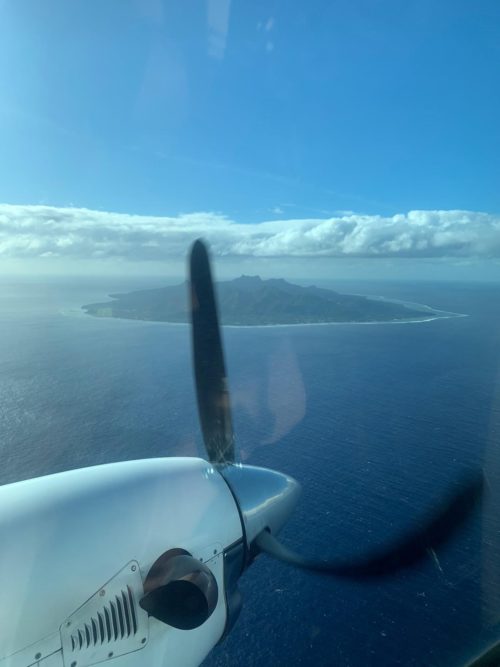
Infrastructure Cook Islands (ICI) contracted with Woolpert to collect topographic and bathymetric lidar data and aerial imagery across the Cook Islands. The multimillion-dollar contract is funded by the New Zealand Ministry of Foreign Affairs and Trade and the Green Climate Fund.
The data and products developed under this contract will help ICI improve and advance sustainable infrastructure development, environmental monitoring and assessment, natural hazard planning and mitigation, disaster and climate resilience, and nautical charting. ICI Project Manager Jake Langdon said the data and imagery will support better management and planning.
“Lidar data enables us to model the landscape and seascape and understand how they both change over time to identify specific regions most at risk to natural disaster, climate change and other environmental issues,” Langdon said. “We can use this information to focus our resources, reinforce emergency transport routes, protect people and infrastructure in harm’s way, and mitigate the overall impact of natural disasters before they strike.”
This project will cover approximately 229 square kilometers, including terrestrial, lagoon and offshore components, across the 12 inhabited islands of the Cook Islands.